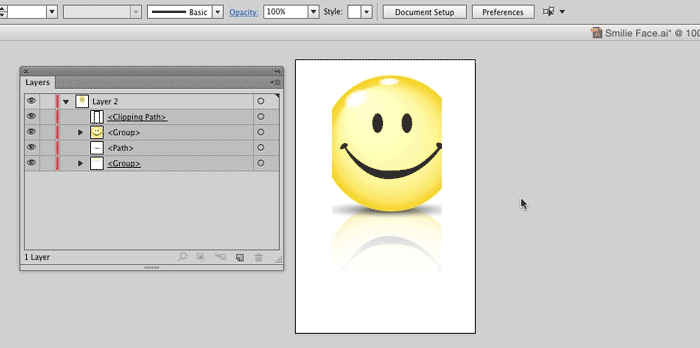It's difficult to answer without seeing exactly how the clipping mask is applied in Layers Panel, but....
There are actually 2 forms of clipping masks:
- Object-based clipping masks (Most common)
- Layer-based clipping masks
Layer-based clipping masks are created by selecting a path on a layer and then choosing Make Clipping Mask from the Layers Panel Menu

(This is the only way to create layer-based clipping masks I'm aware of.)
This ties the clipping mask to the layer not any particular object or group of objects. This type of mask hides everything outside that path on that layer, regardless of object bounds. If it's on that layer the path hides it.
The problem with Layer-based clipping masks is...
...you can only use ONE per layer.
When you attempt to copy an existing layer-based clipping mask on the same layer, Illustrator gets really confused. Illustrator is unsure what to mask and what not to mask and it's hard to state what may or may not change in terms of masking. In my experience, results are largely unpredictable.

Often the original clipping mask works hiding all the copied content... but sometimes everything will appear masked. You end up with multiple layer-based clipping masks which are conflicting with one another.
The solution is to use object-based clipping masks, adjust to a compound clipping mask, or plan layers in advance.
- Object-based masking
Use object-based clipping masks. Select the Clipping Path and use Edit > Cut then use Edit > Paste in Front. Then select everything and choose Object > Clipping Path > Make. This will create an object-based clipping path and a Clip Group in the Layers Panel. This will also allow you to copy the mask and
it's objects to any other layer or artboard while retaining the
mask.

- Create a compound clipping path for the layer-based mask
Select both the mask paths and choose Object > Compound Path > Make. This will convert the
two separate clipping paths to a single compound path and the mask
will work expected.

- Plan Ahead
Duplicate the Layer, Move the artwork into place and then you can copy the artboard without copying the art to create an
additional artboard.

This is really a primary issue because artboards are not tied to layers in any way. So copying an artboard doesn't copy the layer. So the mask gets all "hinky" and befuddled.
Each of the 3 solutions above work well. What may be appropriate for any particular file varies.
(Animations from CS6 because it's better than CC2017. But I did just check CC2017, this is all absolutely still valid for CC versions as of CC2017 - the only difference is the layer panel reads <Rectangle> with an underline for the clipping paths rather than reading <Clipping Path> with an underline.).






